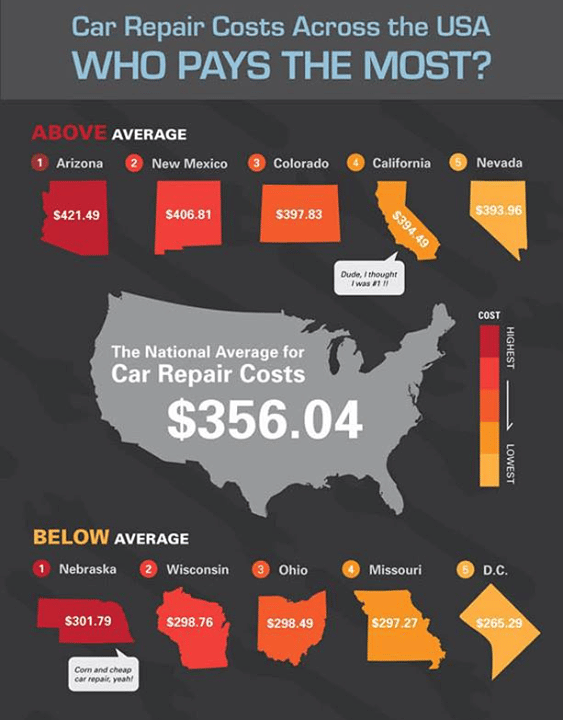Seeking Clarity On The Warning Lights Presented On Your Vehicle'S Dashboard? Discover Just How They Connect To Your Lorry'S Health And Safety
Seeking Clarity On The Warning Lights Presented On Your Vehicle'S Dashboard? Discover Just How They Connect To Your Lorry'S Health And Safety
Blog Article
Content Composed By-Higgins Winters
When you're behind the wheel, those radiant warning lights on your control panel can be a bit difficult. Do you understand what they're trying to tell you concerning your automobile's wellness? Recognizing the relevance of these lights is important for your safety and the durability of your car. So, the next time one of those lights turns up, wouldn't you intend to decipher its message properly and take the necessary steps to address it?
Common Caution Lighting and Interpretations
Determine usual warning lights in your automobile and recognize their significances to ensure secure driving.
The most typical caution lights consist of the check engine light, which signifies concerns with the engine or emissions system. If under car steam cleaning near me comes on, it's essential to have your lorry checked quickly.
The oil pressure warning light indicates low oil stress, requiring instant attention to prevent engine damage.
A flashing battery light could recommend a defective billing system, potentially leaving you stranded if not resolved.
The tire pressure surveillance system (TPMS) light alerts you to reduced tire stress, affecting lorry security and gas efficiency. Ignoring this could cause hazardous driving problems.
The abdominal muscle light suggests an issue with the anti-lock stopping system, jeopardizing your ability to stop promptly in emergency situations.
Finally, the coolant temperature warning light warns of engine getting too hot, which can cause serious damage otherwise solved quickly.
Recognizing these typical warning lights will certainly assist you deal with problems quickly and preserve safe driving conditions.
Relevance of Prompt Interest
Recognizing the common warning lights in your vehicle is only the initial step; the value of without delay dealing with these cautions can not be stressed sufficient to ensure your safety when driving.
When a warning light brightens on your dashboard, it's your auto's way of communicating a prospective concern that requires focus. Neglecting https://brakeshopnearme84061.yomoblog.com/36233858/the-makeover-of-vehicle-detailing-practices-over-the-last-ten-years can lead to much more serious troubles down the road, jeopardizing your safety and security and potentially costing you a lot more out of commission.
https://techcrunch.com/2021/07/15/shopmonkey-raises-75m-series-c-to-help-auto-repair-shops-streamline-their-business/ to cautioning lights can prevent malfunctions and crashes. For example, a blinking check engine light could suggest a misfire that, if left unattended, could create damage to the catalytic converter. Resolving this quickly can conserve you from an expensive repair service.
Likewise, a brake system cautioning light could signify low brake liquid or used brake pads, crucial components for your security when driving.
DIY Troubleshooting Tips
If you notice a warning light on your dashboard, there are a few DIY repairing suggestions you can attempt prior to looking for specialist assistance.
The very first step is to consult your auto's guidebook to understand what the particular warning light shows. Sometimes the problem can be as easy as a loosened gas cap triggering the check engine light. Tightening up the gas cap might fix the problem.
One more common issue is a reduced battery, which can cause various cautioning lights. Examining the battery links for deterioration and guaranteeing they're protected might fix the problem.
If a warning light lingers, you can attempt resetting it by separating the auto's battery for a few mins and after that reconnecting it. In addition, inspecting your lorry's liquid degrees, such as oil, coolant, and brake fluid, can help fix alerting lights connected to these systems.
Conclusion
To conclude, recognizing your car's warning lights is crucial for keeping your lorry running smoothly and safely. By quickly resolving these informs and knowing what they suggest, you can stay clear of pricey repair services and prospective break downs.
Bear in mind to consult your automobile's guidebook for specific information on each alerting light and take action appropriately to ensure a trouble-free driving experience.
Stay notified, remain secure when driving!
